Hello,
I kindly ask for some comments regarding this movment accuracy and reliability and also about the Sinn EZM 13.1 tool watch
Tnx
Nir
Hi Nir, the Sinn EZM 13.1 is powered by the Sinn caliber SZ02, which is a modified ETA/Valjoux caliber 7750 (possibly Top grade?). The SZ02 caliber listing is on the schedule (check back later this week), but in the meantime, you can check out the 7750 here.
Hello.
Tnx very much.
Is the comment hereafter common and reasonable:
" Accuracy
The measured results of the watch’s rate are always “snapshots” taken under
laboratory conditions. For this reason, we also take each owner’s individual
movements into account when making a specific regulator correction. It is
therefore only possible to judge the accuracy of your watch after it has been in
operation for approximately eight weeks. In the event of a deviation, please keep
a daily record of its timekeeping over an extended period, for example one week."
Nir
Looks like you are quoting from this page on Sinn's site.
It is
therefore only possible to judge the accuracy of your watch after it has been in
operation for approximately eight weeks.
This is what most refer to as a "break-in period". Similar to when you buy a new car, the manufacturer typically has a break-in period, in which they state not to drive full throttle, etc.
In the event of a deviation, please keep
a daily record of its timekeeping over an extended period, for example one week.
This is because accuracy ratings are more precise when averaged out. Some collectors will test their watch overnight, dial up on their table, and use the results as an indicator of whether their watch is running fast or slow. However, there are other factors which affect a movement's accuracy, such as power reserve level of the mainspring, position, temperature, etc. Also, accuracy should be tested within a range of time to get a better idea of it's true performance (which is basically what Sinn is saying in their own words).
Correct, this quote is fromn Sinn operaing manual.
I asked as i am not familiar with this explanation with other watch manufactoring like: Tudor
Usually watch brands add a line of explanation like this in their manuals or other fine print, so that wearers of the brand don't freak out after seeing their watch running faster or slower than expected in a short period of time.
For example, the Grand Seiko caliber 9S64 operating manual says this (page 8):
"Normal usage accuracy of a mechanical watch varies depending on individual customer’s use conditions such as winding state of the mainspring by movement amount of the customer’s arm per day, temperature environment, and position (orientation of a watch). Accordingly, the actual normal usage accuracy when the watch is used by a customer may differ from the numerical value of each item specified in the Grand Seiko Standard.
To correctly judge the normal usage accuracy, please use the watch for not only one day, but also approximately one week to 10 days under normal use conditions to check loss or gain of time. If the average value per day exceeds the target range, we recommend adjusting the watch."
I have never heard of a break in period for a watch. It makes sense especially if it is a mechanical movement as opposed to a quartz. and the different positions make sense as well. We live in a world concerned with a watch that is +/- so many seconds a day but accept showing up for a meeting 20 minutes late. whatever works for you.
In my proffesion - seconds late is critical ...

 network of watch sites
network of watch sites




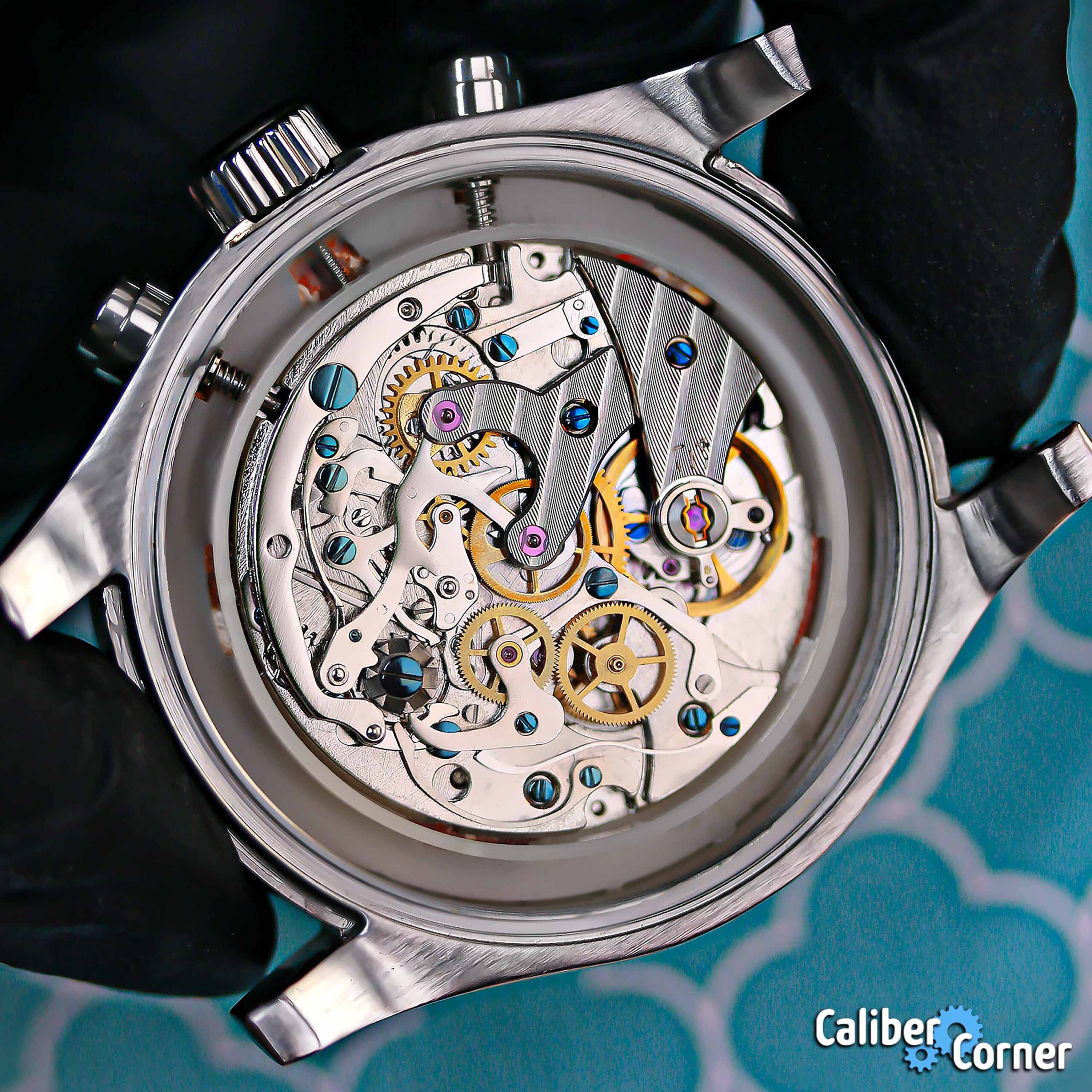
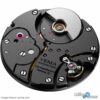

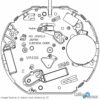
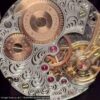
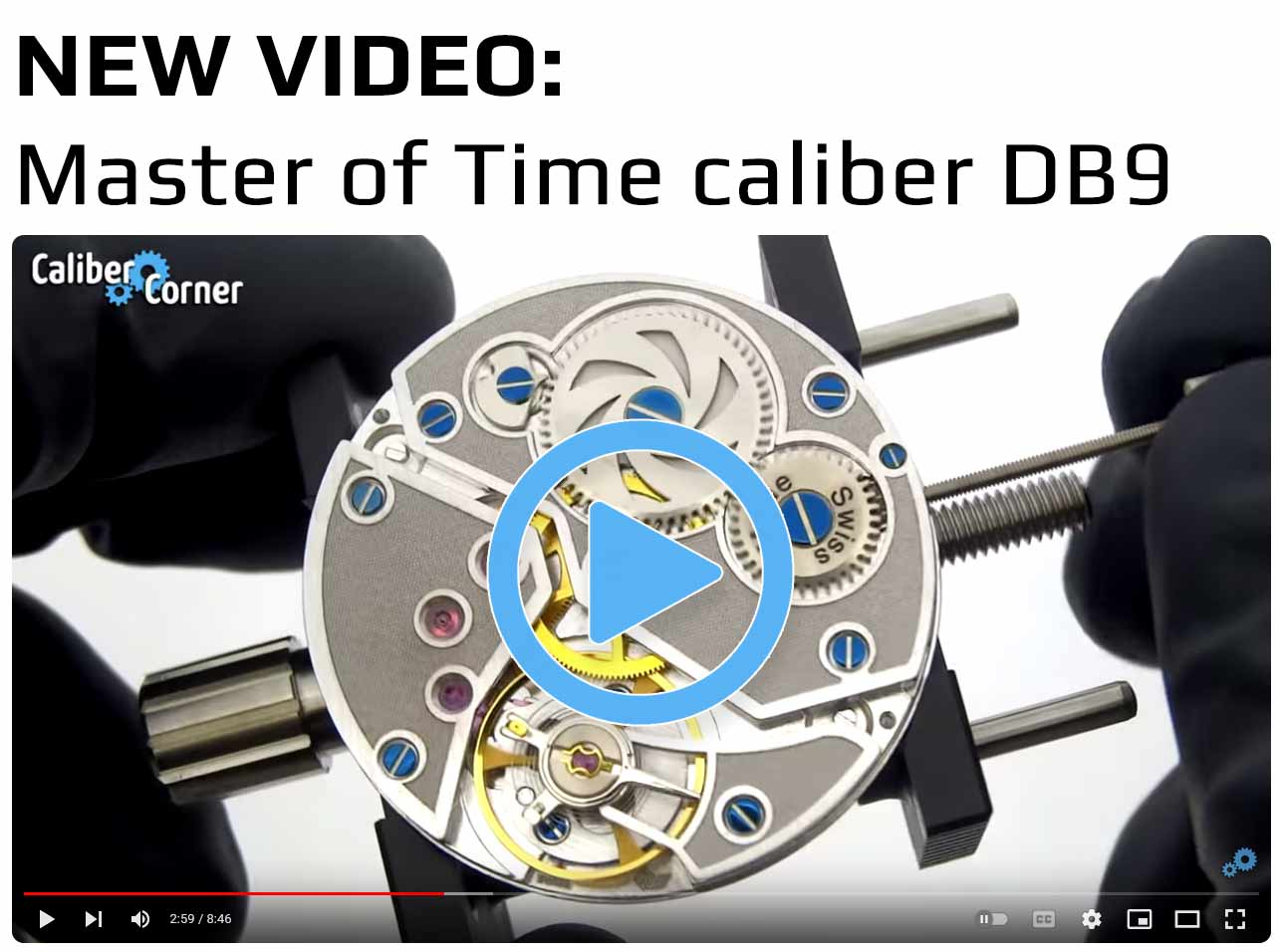


Recent Comments
The base Caliber is the ETA 2892-A2, you could of checked on this site itself…
Cuervo y Sobrinos Robusto Sans Souci uses SW261
I have found this sort of accuracy in my own 7T92...over the three months I…
Going to say the 5M62A was introduced circa 1999 (although not officially confirmed).
Can someone tell me which year was the 5M62 made?
I don't understand this ambiguity regarding hand-wound movements... just keep winding until you can't turn…
Airain Sous Marine uses G100 as well